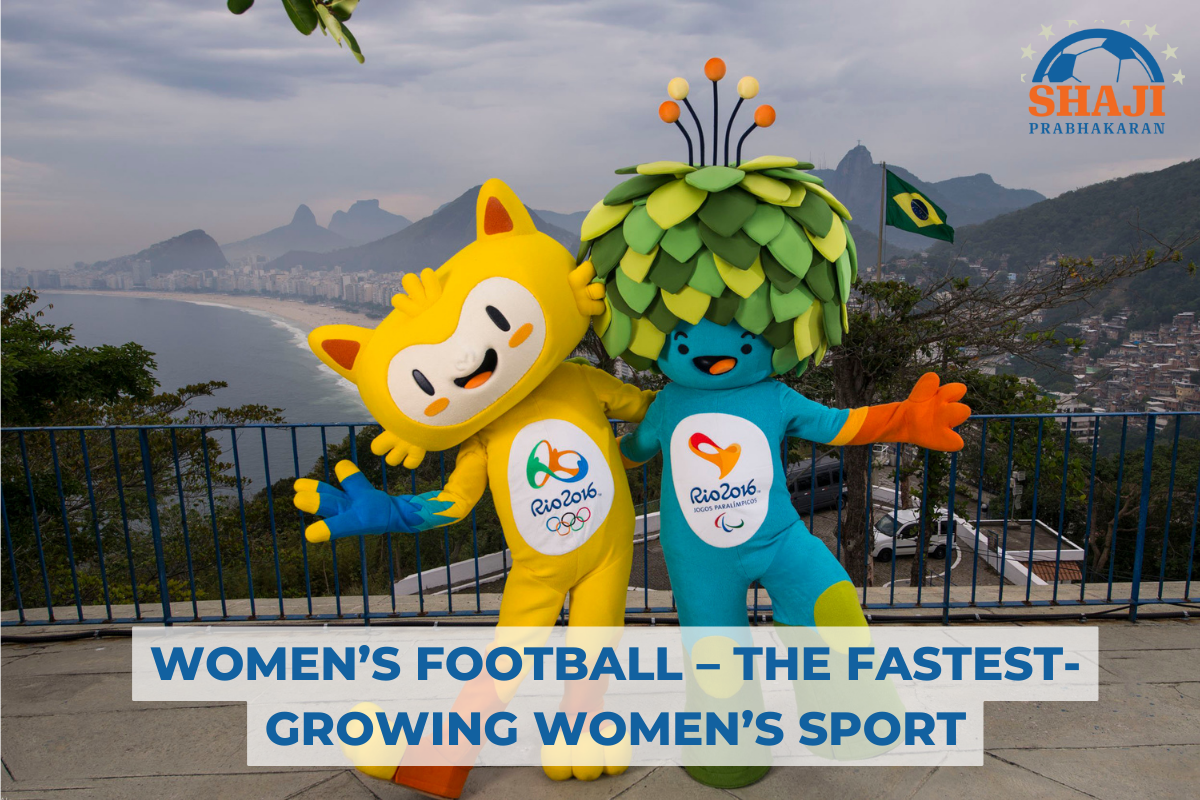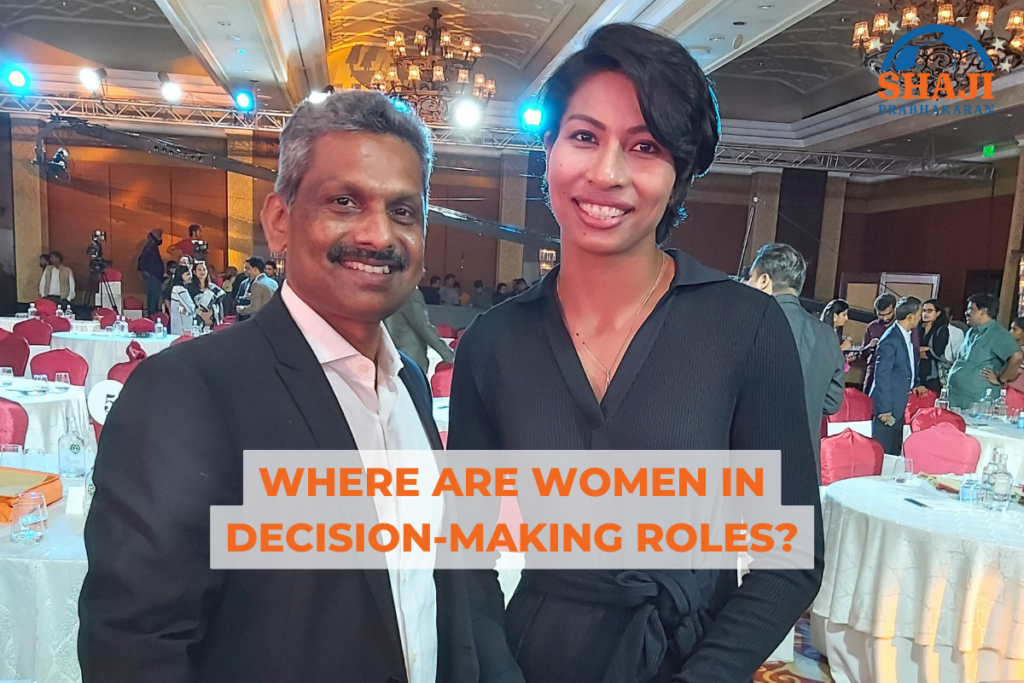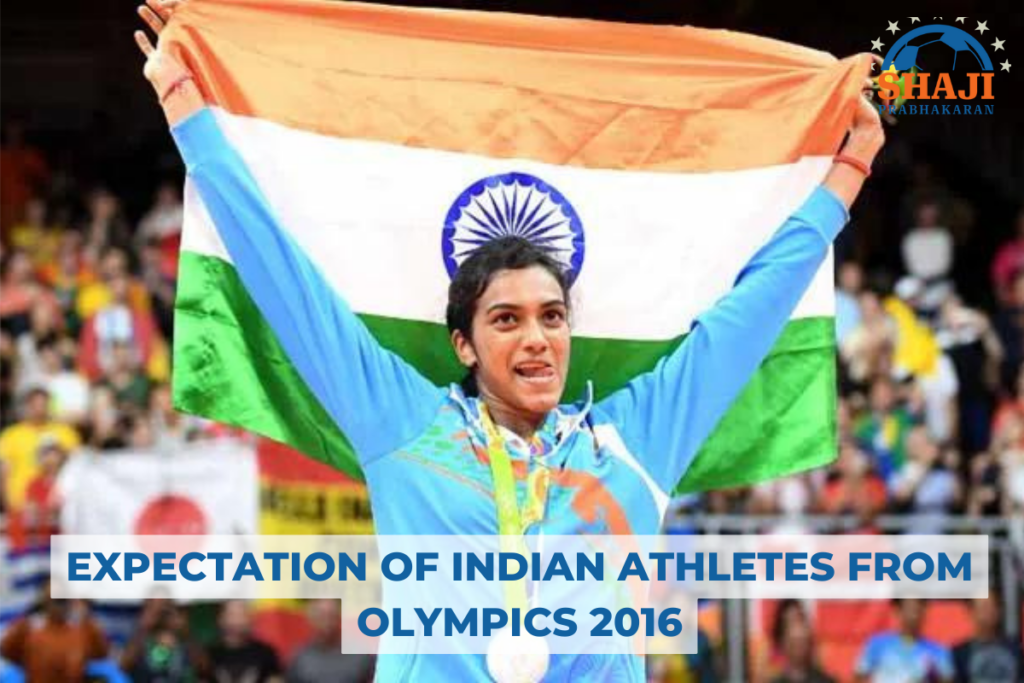India in total has 30 medals out of which 9 are gold, 8 (silver), and 13 (bronze). Michael Phelps together has more medals to his name than India. Why so?
India has 1,200,000,000 people, and is the second populous country following China. Counting by population, India ranks the last in Olympic medal number
THE MISSING CULTURE People always wonder why one of the world’s largest populated countries cannot win a few Gold medals at the Olympics or produce a Messi in football. The Large gap between rich and poor has made it hard for the poor people even to make a living, let alone saving the energy for sports practice. Adding that the government has only little investment in sports infrastructure, mass sports, and competitive sports are both lagging behind in India. The Indian culture has hindered local sports development. Most families want their children to become doctors or accountants. Sports talents would be persuaded by family and even neighbors, stopping them from taking part in high-level competitions. Besides, a large portion of the population is from an economically backward community and such people hardly get a chance for education and suffer from lack of sufficient nutrition.” Information about the Olympics in rural areas of India is key to success at the event. Researchers have investigated rural areas in Karnataka and Rajasthan. They asked villagers about the best job they ever heard of in the past decade. In Rajasthan, the answers of more than 300 villagers showed software engineers, architecture engineers, doctors, lawyers, and in some villages teachers or soldiers. There was not much difference in Karnataka, which had a better economy”. There was no mention of sports, forget the Olympics. Overall participation number in sports is still insignificant and there is no systemic encouragement, motivation, or inspiration for children to be part of sports in this regard government policies have significantly failed. Our Education system, sports policy, and general atmosphere with sport in society, most aspect only discourages sports, and thus India not winning medals shouldn’t disappoint many. When there is no encouragement for sport in a country from any corner then expecting medals is like living in a fool’s paradise. The government thinks supporting athletes for 2 or 3 years is enough to produce Olympic champions, there is no long-term policy or scheme or mindset within the government machinery that assists and supports athletes in the right way. Many think it is the money alone that produces world champions, if that was the case then the world wouldn’t have seen many of the world champions from many poor countries. But it is the system, a sports-friendly environment, a culture, and a program that encourages sports participation and creates hunger or aspires to succeed in sports. As long as key stakeholders, mainly the government do not bring in encouraging policy and develop a support system it would be difficult for India to succeed on the international stage. Diet and nutrition supplied in many camps are still far from world standards. Athletic diet and nutrition requires priority attention, scientific handling, significant investment, and above all, treating athlete with special care and respect. Sports science penetration in Indian sport is still negligible and without sports science getting due attention and becoming an integral part of sports development – talent development India can’t develop many world beaters. LACK OF FACILITIES At the grassroots level or at all levels there is a significant dearth of trained manpower, especially coaches which again makes it difficult for a potential talent to get the right kind of training and support within the available infrastructure.
In India there is not a single high performance centre which can be equated with best in the world or even 50% of the world standard.
Government-run elite academies or centers of excellence in sports are a complete waste of resources, all these centers should be outsourced to private firms or to the Federations and governments should only fund these centers and shouldn’t have any management control. How does a nation with almost one-sixth of the world’s entire population turn into a subject of pity and ridicule at a global event? For answers, consider Dipa Karmakar’s story. Dipa Karmakar was training using outdated equipment till the last 90 days before the Olympics. She only got the proper equipment to train for the last 3 months and still what she achieved is incredible. Had she got the best equipment and support from the beginning we could have seen her winning the gold for India and not only would Gymnastics have seen many more Dipas. The 22-year-old gymnast was in the race for a medal not because of the coaching, facilities, or equipment or because the Indian system helped her reach that level. She was in the hunt because of her decision to put her life at stake in pursuit of success. Others in her place would have given up long ago, but she decided to battle on in spite of a culture that doesn’t promote athletes or love for sports.
The young Tripura girl is a symbol of India’s failure, hypocrisy and mediocrity; a poignant reminder of our flawed system that makes a young athlete put her life at risk for a medal at Olympics.
ACCORDING TO STUDY, There have been some academic studies that suggest the total population of a country is irrelevant when it comes to Olympic medal tallies, but that rather what counts is the part of a population that participates effectively in sports. In a 2008 report in the Indian publication Economic and Political Weekly it said that “Olympians are drawn, not from the entire population of a country, but only from the share that is effectively participating. Low medal tallies can arise both because a country has very few people and because very few of its people effectively participate.” They go on to contend that there are certain factors that limit effective participation. Those factors, they say, are health, education, public information, and what they call ‘physical connectedness’ i.e. a population’s ability to travel. In other words, an unhealthy individual is unlikely to participate in sports; an educated individual is likely to be more ambitious and school attendance increases the chance that talent will be spotted and developed; in terms of public information, an individual can only aspire to be an Olympic athlete if he or she has heard about the Olympics via the media; and where there is little ‘physical connectedness’ in remote, isolated villages, many sporting jewels may go undiscovered. In rural India, where life expectancy and primary school enrolment are below the world average and where there is more limited access to the outside world both physically and communication-wise, much of the effective participating population is lost.
The 2011 Indian census tells us that the urban population in India is over 370 million people, the equivalent of the USA and Russia combined. That is still a massive pool of talent and one that is becoming wealthier at a faster rate than almost anywhere else on Earth. So the question remains: Why the lack of medals?
CONCLUSION While we cannot rule out the empowering Indian coaches who worked as hard with our athletes who won medals at Rio. Our Indian coaches are world-class but they need the support of the government in order to maximize their efforts and produce more Dipa’s or P.V Sindhu’s for the future. India will continue to struggle in the International arena unless it plans to change everything about sports in India. A long-term approach is needed, to see sports as an investment to mankind – developing human capital by enlarging participation base to many folds.
No short cuts or jugaad mindset can lead to success in sports
India can only win odd medals with the current structure and system and the medals will be due to those individual efforts and talent and not due to system and structure. India should roll out a long-term plan – a master plan involving all stakeholders – a 15-20-year plan where India aspires to be part of elite sporting nations like the USA, UK, China, Australia, etc., say by 2028 or 2032 Olympics India aspires to achieve Olympics glory in select 15-20 sports. India also needs to understand sports can become the best vehicle for unity, integration, and peace and only promoting sports to create champions only fulfills the narrow objective of the sport. India with its diversity, domestic issues it is facing and aspiration of India to be a superpower all have the answers in sports. But our political leadership and civil society have to think and understand the significance of sports in a broad sense. Let’s unleash the power of sports to make India a true global power.


